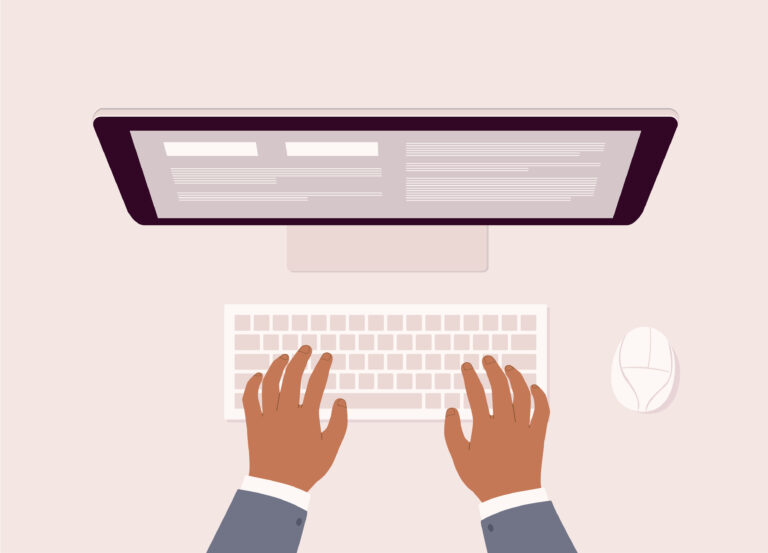
Throughout your personal life and professional career, you have probably used a keyboard to type on your computer nearly every day. You may have even taken a class or two in high school or college that focused on typing and computer proficiency. But did you know that there are hundreds of keyboard shortcuts that could make your digital experience easier and more efficient? Some of the most common keyboard shortcuts include Ctrl + C to copy selected text or files, Ctrl + V to paste, and Ctrl + X, to cut, but do you know any others? There are several other keyboard shortcuts that may be useful for you.
One of the most important keys when it comes to keyboard shortcuts on a Windows computer is the Ctrl key. Ctrl + Z can undo the last action taken on your computer, which could be a lifesaver in certain situations. Ctrl + S is a fast and simple way to save your current file or document, and Ctrl + A allows you to select all text instantly without dragging your mouse. Ctrl + B, Ctrl + I, and Ctrl + U are also useful for text editing since they can make the text bold, italicize the text, and underline the text. Ctrl + N quickly opens a new file explorer window, and Ctrl + Shift + N creates a new folder. Ctrl + K can be used to insert a hyperlink, and Ctrl + F can allow you to search for specific text within a file or webpage. Lastly, Ctrl + Shift + esc lets you open the task manager on your device directly. These are just a few of the keyboard shortcuts than can be performed using the Ctrl key.
Another crucial key for keyboard shortcuts is the Alt key. You probably already know that Ctrl + Alt + Delete allows you to log out of your device, but did you know that Alt + Tab lets you easily switch between open windows? Additionally, Alt + F4 closes an active app or window, Alt + left arrow allows you to go back, Alt + right arrow means go forward, and Alt + up arrow lets you go one level up in file explorer. Alt + PrtScn takes a screenshot of your active window and copies it to your clipboard.
A third key that can assist with many keyboard shortcuts is the Windows key. For example, pressing just the Windows key will open the start menu on your device. Win + D can both show and hide your desktop, and Win + L can quickly lock your PC when you are finished using it. Win + E opens the file explorer, Win + I opens Windows settings, Win + A opens the action center, Win + K opens the Connect panel, and Win + X opens the quick link menu. Win + Home allows you to minimize all windows except for the active one, making it great for focus. Win + Shift + S opens Snip & Sketch, allowing you to take a customized screenshot. Additionally, you can use Win + . To open your computer’s emoji keyboard.
As you begin to use these shortcuts more and more, they will become easier and easier to remember! Soon, you won’t even realize you are using them. Different shortcuts are more useful than others depending on what you normally use your computer for, so we urge you to continue experimenting with what shortcuts may work best for you. You can also use this article as a guide to start you on your keyboard shortcuts journey!
Read our previous post here: The End Of Windows 10
